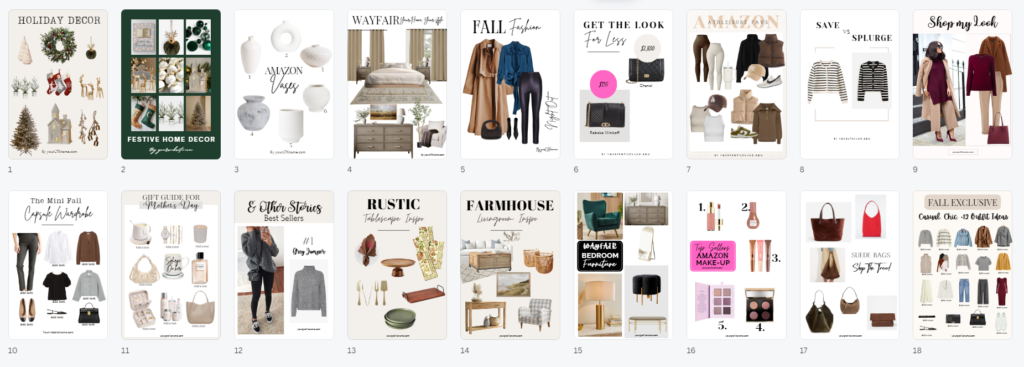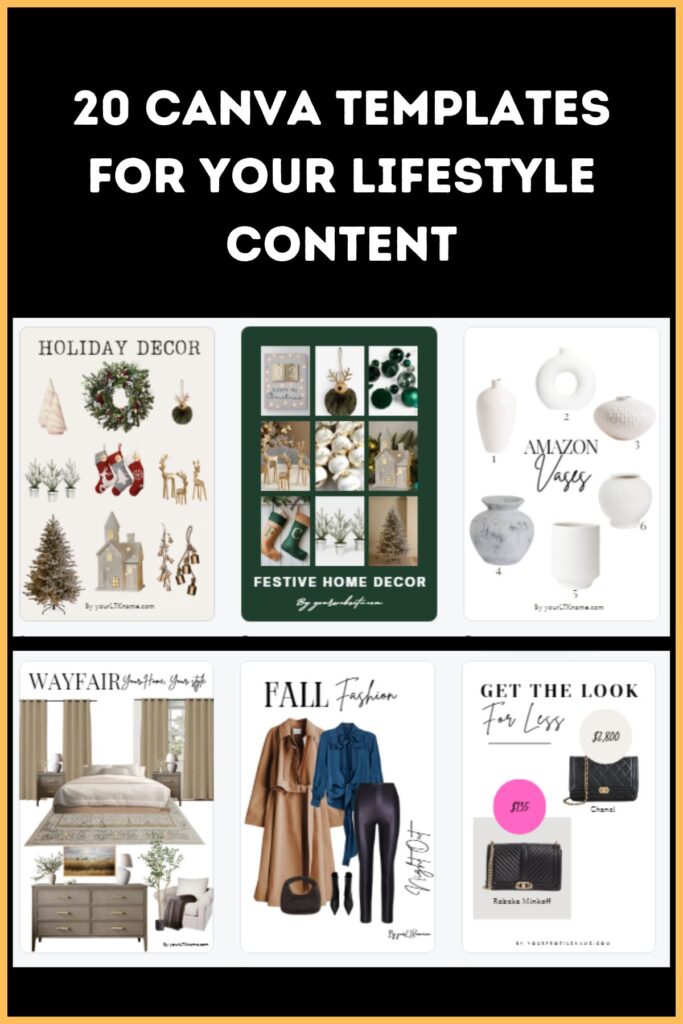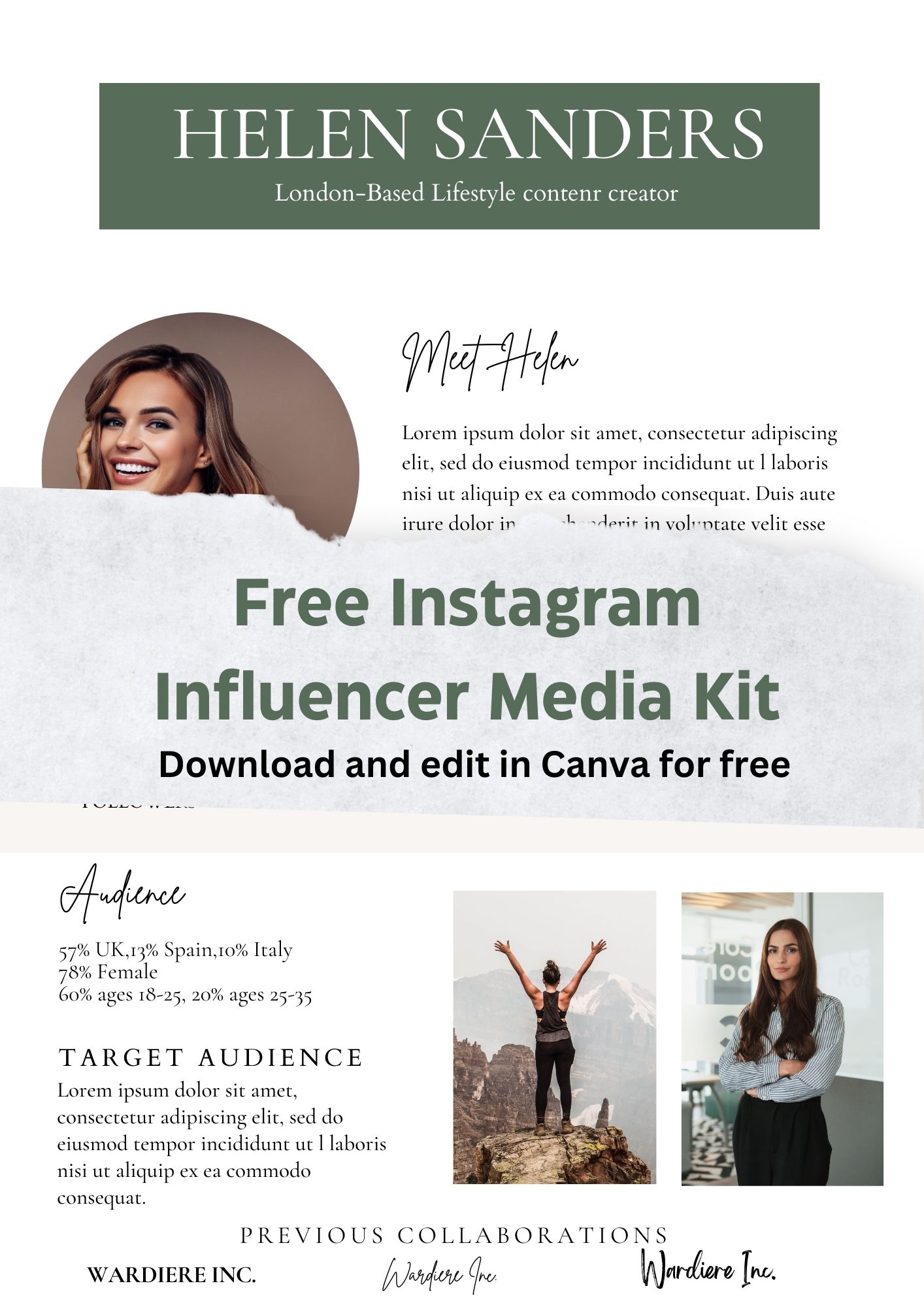
If you’re spending hours crafting every single pin, you’re doing it wrong.
The truth is, you don’t need to create pins from scratch every time to get great results.
In fact, you can seriously streamline your process and still achieve success.
Why?
Let’s start with a hard truth:
Quick Skim
ToggleLesson #1: Not every pin will go viral.
And you shouldn’t expect it to.
This is where a lot of content creators get stuck—they invest way too much time on each pin, hoping it’ll be “the one.”
But here’s the reality: even the most eye-catching pin might not blow up, and that’s okay! The key to success on Pinterest isn’t about hitting a home run every time; it’s about showing up consistently.
Your focus should be on creating multiple good-quality pins, rather than spending hours trying to make each one perfect.
Lesson #2: Nail the graphics of existing pins.

Instead of getting caught up in perfectionism, focus on nailing the graphics.
Your pin needs to be visually appealing, but there’s no need to start from scratch each time. Use templates or create a system of design elements you can quickly modify. This will save you time while still delivering polished, professional-looking content.
What really matters is that your pins are clear and easy to understand at a glance.
Pinterest is a visual platform, so if your message isn’t immediately obvious, users will just scroll past. Prioritize bold, readable fonts, eye-catching colors, and images that tell the story at a glance.
Now, onto the most important part:
Lesson # 3: What’s in it for them sells.
This is the golden rule of creating content that converts.
At the end of the day, your audience doesn’t care how much effort you put into your pin—they care about what they’re getting out of it.
Whether you’re promoting a blog post, a product, or a free resource, your pin should answer the question, “What’s in it for me?”
Focus your messaging on the value your product brings and not the product itself.
For example, if you’re promoting a blog post about travel hacks, you could say, “The Ultimate Guide to Travel on a Budget: Save Money on Every Trip.” The benefit here is clear: the audience will learn how to save money. You’re offering something that solves their problem, and that’s what gets them to click.
The same principle applies to products. If you’re promoting a product, make sure the value is front and center. Let’s say you’re promoting an online course on time management. Instead of just saying, “Learn Time Management,” frame it as, “How to Gain 10 Extra Hours in Your Week.” Who wouldn’t click on that? Upfront, they can see the tangible benefits they’ll gain by signing up.
That’s the hook that will reel them in.
When you focus on what’s in it for them, you create pins that speak directly to your audience’s needs.
Lesson #4: Use a hook/caption they can’t ignore.
Pinterest is full of beautiful pins.
At least 2 billion of them. Captions/Headlines are what make people click. Your caption needs to spark curiosity or offer something they can’t resist.
Ask a question that makes them want to find out more, or lead with a benefit that’s hard to pass up.
For example, “How to turn one piece of content into 10” or “The 5 strategies you need to boost your blog traffic.”
People are naturally drawn to answers, and when your caption hints at a solution to their problems, they’re much more likely to engage.
If you’re stuck on what kind of hook to use, here are a few ideas:
- Ask a question: “Struggling to organize your home office? Try these 3 easy hacks.”
- Use numbers: “10 Proven Ways to Save $500 This Month.”
- Make a bold statement: “How I Quit My Job and Built a 6-Figure Business in One Year.”
These kinds of hooks are hard to ignore because they promise valuable information or an intriguing story. Always think about how your caption will spark curiosity and offer a clear benefit to your audience.
Lesson #5: Go beyond the superficial
You have to go beyond the superficial when creating pins.
It’s not enough to have a beautiful pin if what’s behind it doesn’t deliver.
Your pin should lead to something valuable, whether it’s a blog post packed with actionable tips, a product that meets a real need, or a resource your audience can’t live without.
The goal is to provide substance behind the aesthetics.
When someone clicks on your pin, they’re looking for content that delivers on the promise you made with your design and caption. If they don’t find what they’re looking for, they’ll leave. Worse, they may not engage with your content again.
So, make sure the content your pin leads to is worth their time.
Whether it’s a comprehensive guide, a helpful tutorial, or a free download, the content should offer value.
A great pin might draw in users, but it’s the valuable content behind the pin that will convert them into followers, customers, or subscribers.
Consistency and Strategy Beat Perfectionism
In the end, you don’t need to start from scratch every time when creating pins.
Focus on consistency over perfectionism.
Use tools like templates and pre-designed elements to speed up your workflow. Prioritize clarity and value in both your design and your messaging. And, most importantly, always think about what’s in it for your audience.
By sticking to these strategies, you’ll save hours on pin creation while producing content that truly resonates with your audience.
The key is to approach Pinterest with a balance of quality, strategy, and efficiency.
When you do that, you’ll stop wasting time and start seeing the results you’ve been aiming for.
Want to make money creating pins in less than 30 secs? Grab these templates.






